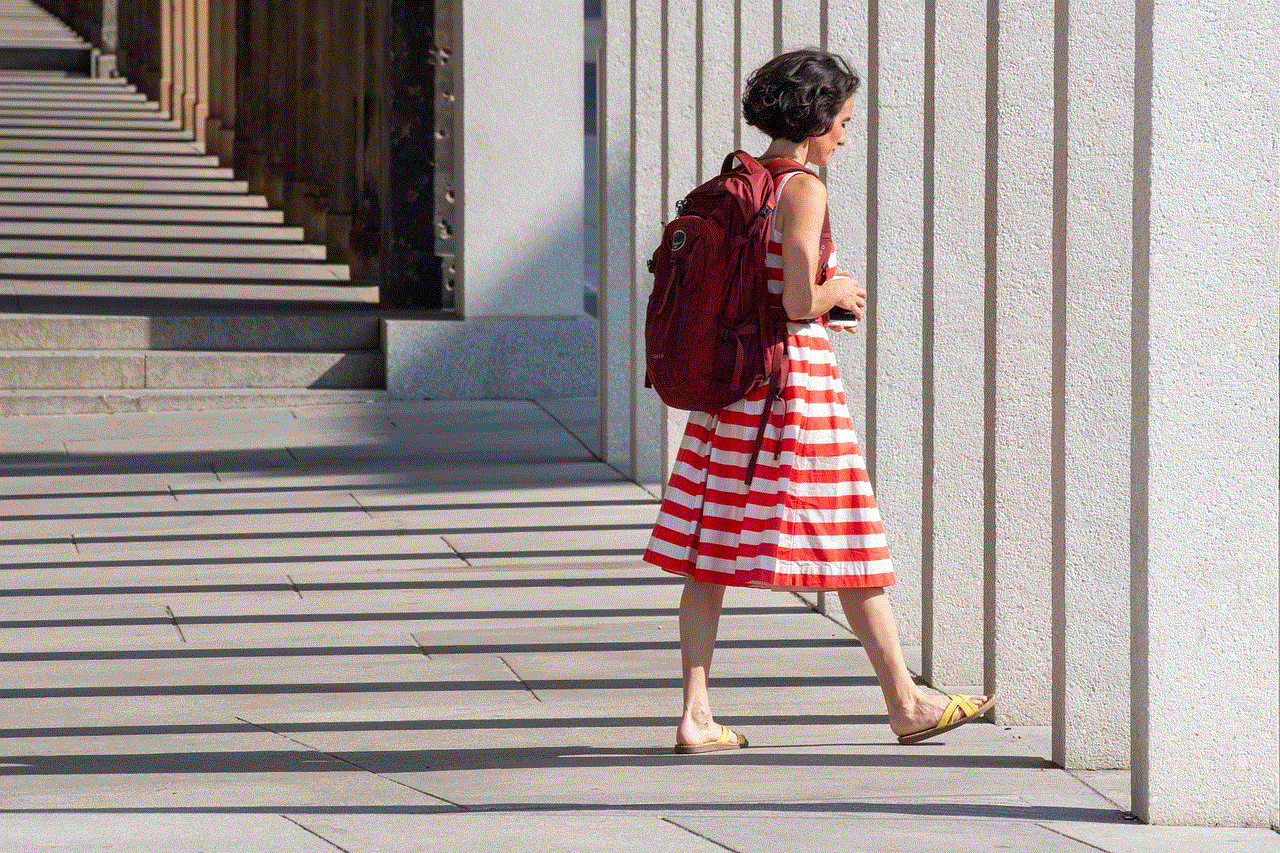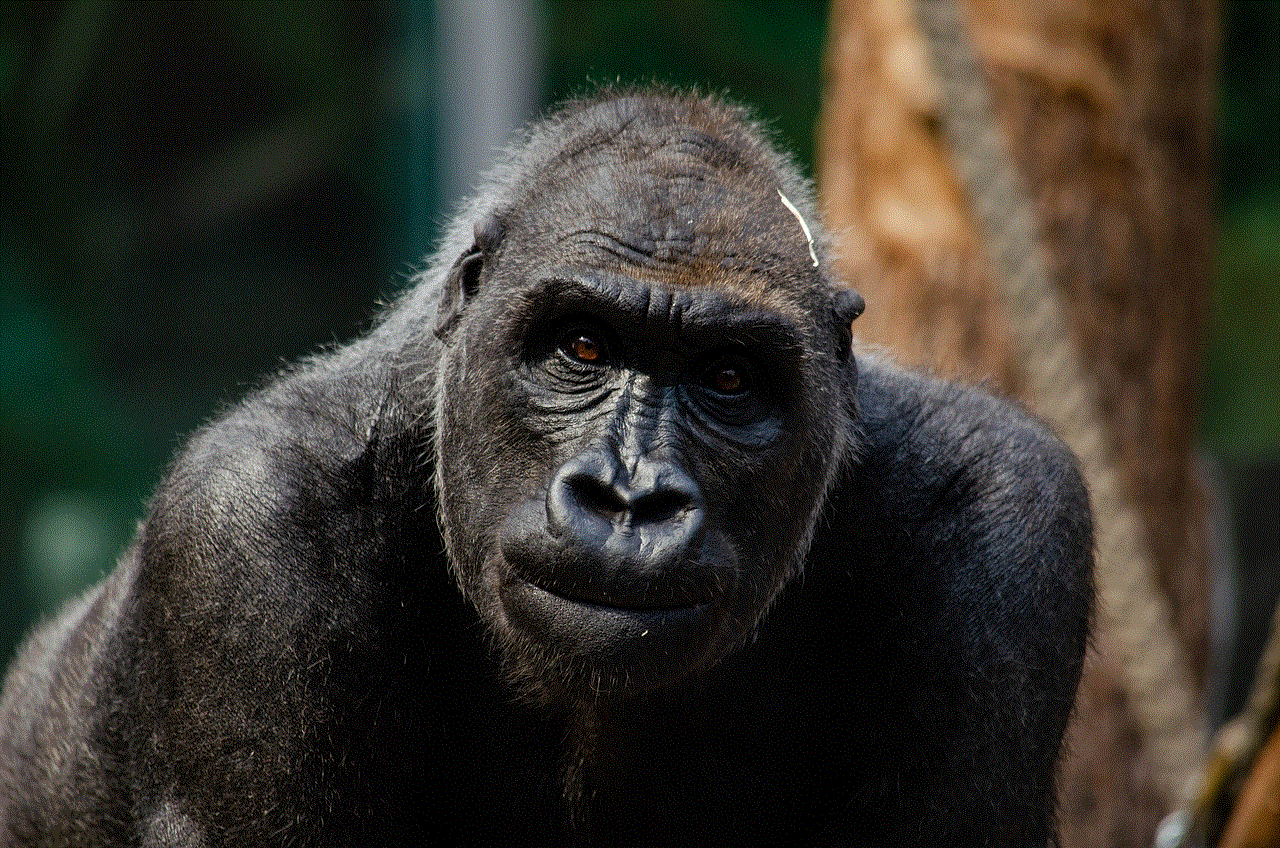uber safety tips
Uber is a popular ride-sharing service that has revolutionized the way people travel. With just a few taps on a smartphone, users can quickly and easily hail a ride to their desired destination. While Uber has made transportation more convenient, it is important for riders to prioritize their safety when using the service. In this article, we will discuss some important safety tips that all Uber users should keep in mind.
1. Verify the driver and car details
One of the most important safety tips for using Uber is to always verify the driver and car details before getting into the vehicle. When you request a ride, you will receive information about the driver, including their name, photo, and license plate number. Make sure that the car and driver match the information provided in the app before getting into the vehicle. This will help ensure that you are getting into the right car with the right driver.
2. Share your trip with someone
Another important safety precaution is to share your trip with a friend or family member. Uber has a feature that allows you to share your trip details, including the driver’s name, photo, and location, with someone else. This is especially important when traveling alone, as it provides an extra layer of security and peace of mind for both you and your loved ones.
3. Check the driver’s rating
Uber users have the ability to rate their drivers after each trip. Before getting into a car, make sure to check the driver’s rating. If a driver has a low rating, it may be a red flag and you may want to consider canceling the ride and requesting a different driver. This will help ensure that you have a safe and pleasant experience during your trip.
4. Sit in the back seat
When riding in an Uber, it is recommended to sit in the back seat. This provides a safe distance between you and the driver and also allows for easy access to both doors in case of an emergency. Additionally, sitting in the back seat can help prevent any unwanted physical contact or advances from the driver.
5. Wear your seatbelt
Just like in any other vehicle, wearing a seatbelt is extremely important for your safety in an Uber. Make sure to buckle up before the car starts moving and encourage your fellow passengers to do the same. If the driver is not wearing a seatbelt, you can kindly remind them to do so as it is for their own safety as well.
6. Keep your personal information to yourself
While Uber drivers are generally friendly and may engage in conversation during the ride, it is important to keep your personal information to yourself. This includes your full name, address, and phone number. Providing too much personal information to a stranger can put you at risk. If the driver asks for personal information, kindly decline and change the subject.
7. Trust your instincts
If you ever feel uncomfortable during an Uber ride, trust your instincts and speak up. If you feel like the driver is taking an unfamiliar or unsafe route, you can politely ask them to follow the GPS directions. If you feel like the driver is behaving inappropriately or making you feel uncomfortable, you have the right to end the ride and report the incident to Uber.
8. Avoid sharing your Uber ride
Uber allows you to share your ride with other users who are heading in the same direction. While this may seem like a convenient and cost-effective option, it is important to avoid sharing your ride with strangers. This is especially important for solo travelers as it can put you at risk of being alone in a car with someone you do not know.
9. Don’t fall asleep
It is important to stay alert and aware of your surroundings during an Uber ride. Falling asleep in the car can make you more vulnerable and can also make it difficult to get out of the vehicle at your desired destination. If you are feeling tired, consider taking a short nap before requesting an Uber or opt for a different mode of transportation.
10. Report any issues
If you encounter any issues during your Uber ride, it is important to report them to the company. This includes any safety concerns, inappropriate behavior from the driver, or any other problems you may have experienced. Uber has a dedicated support team that is available 24/7 to address any concerns and ensure the safety of their users.
11. Be aware of surge pricing
During busy times, Uber may implement surge pricing, which means that the cost of the ride will be significantly higher than usual. While this may be frustrating, it is important to avoid using Uber during surge pricing as it may attract drivers who are only interested in making more money rather than providing safe and reliable rides.
12. Check the route
Before getting into an Uber, make sure to check the route on your own map app. This will help ensure that the driver is taking the most direct and safe route to your destination. If you notice that the driver is taking a different route, you can politely ask them about it or ask them to follow the GPS directions.
13. Be respectful
Just as you expect respect from your Uber driver, it is important to be respectful towards them as well. Avoid making inappropriate comments or engaging in any behavior that may make the driver feel uncomfortable. Being polite and respectful can help create a safer and more enjoyable experience for both parties.
14. Use the “911” feature
In case of an emergency, Uber has a built-in “911” feature that allows you to quickly call for help. This feature provides your exact location so that emergency services can reach you as soon as possible. However, it is important to only use this feature in genuine emergency situations and not as a prank.
In conclusion, using Uber can be a convenient and safe way to travel, as long as you prioritize your safety and follow these tips. By verifying the driver and car details, sharing your trip with someone, and trusting your instincts, you can ensure a safe and pleasant experience. Remember to report any issues and be respectful towards your driver. By following these safety tips, you can have a worry-free and enjoyable ride with Uber.
how to undelete instagram post



Instagram has become a popular platform for sharing photos and videos with friends and followers. With its user-friendly interface and various filters and editing options, it has become a go-to app for many users. However, sometimes we may accidentally delete a post on Instagram and wonder how to get it back. In this article, we will discuss how to undelete Instagram posts and retrieve any lost content.
1. Check your Archive
The first place to look for your deleted Instagram post is in your Archive. This feature, introduced in 2017, allows users to hide posts from their profile without permanently deleting them. To access your Archive, go to your profile and tap on the clock icon in the top right corner. Here, you will find all the posts that you have archived. If you find your deleted post here, you can easily restore it to your profile by tapping on the three dots in the top right corner and selecting “Show on Profile.”
2. Use Instagram’s Recently Deleted Feature
If you can’t find your post in the Archive, don’t worry. Instagram has recently introduced a new feature called “Recently Deleted” that stores all your deleted posts for up to 30 days. To access this feature, go to your profile and tap on the three lines in the top right corner. Here, select “Settings” and then “Account.” Finally, tap on “Recently Deleted” to view all your deleted posts. You can restore your post by tapping on it and selecting “Restore.”
3. Check your Phone’s Gallery
If you have deleted your post within the last 30 days and can’t find it in the Archive or Recently Deleted, you can try checking your phone’s gallery. When you post on Instagram, it saves a copy of the image or video to your phone’s camera roll. So, if you haven’t deleted it from your camera roll, you can simply repost it on Instagram.
4. Use Third-Party Apps
There are many third-party apps available that claim to retrieve deleted Instagram posts. However, be cautious when using these apps as they may require access to your Instagram account, putting your privacy at risk. Before using any app, make sure to do thorough research and read reviews to ensure its legitimacy.
5. Contact Instagram Support
If you are unable to retrieve your deleted post using the above methods, you can reach out to Instagram’s support team for assistance. To do so, go to the Help Center on Instagram’s website, and under the “Get help with something else” section, select “Report a problem.” Here, you can explain your issue and request for help in retrieving your deleted post.
6. Be Careful When Deleting Posts
The best way to avoid the hassle of trying to undelete Instagram posts is to be cautious when deleting them in the first place. Before hitting the delete button, make sure you are sure about your decision. If you have any doubts, you can always archive the post instead of permanently deleting it.
7. Use Instagram’s Draft Feature
Instagram’s draft feature allows users to save posts that are not yet ready to be published. If you accidentally delete your post, you can try checking your drafts. To access your drafts, go to the post creation page and tap on the “Library” icon in the bottom left corner. Here, you will see all your saved drafts, and if your deleted post is there, you can easily publish it again.
8. Download Your Instagram Data
Another way to retrieve deleted Instagram posts is by downloading your Instagram data. This feature allows you to download all your Instagram posts, stories, messages, and more. If you have accidentally deleted a post, you can simply download your data and find the post in the “media” folder. Keep in mind that this feature is only available on the desktop version of Instagram.



9. Be Mindful of Your Settings
Instagram has a “Restrict” feature that allows users to restrict certain accounts from seeing their posts or commenting on them. If you have restricted an account and then deleted a post, it will still be visible to that account even after deleting it. So, make sure to check your restricted accounts and remove them if you want to delete a post completely.
10. Create a Backup
Lastly, to avoid losing your Instagram posts permanently, it is always a good idea to create a backup of your posts. You can do this by using third-party apps or manually saving your posts to your phone’s camera roll. This way, if you accidentally delete a post, you can easily retrieve it from your backup.
In conclusion, accidentally deleting an Instagram post can be frustrating, but it’s not the end of the world. With the various options mentioned in this article, you can easily retrieve your deleted posts and continue sharing your memories with your followers. However, it is always better to be cautious and double-check before deleting any post to avoid any inconvenience.
can you see if someone checks your location on iphone
In today’s digital age, it’s no surprise that our smartphones have become an integral part of our lives. From keeping in touch with loved ones to navigating our way through unfamiliar places, our devices have become a constant companion. One of the features that has gained popularity in recent years is location tracking. With the use of GPS technology, our smartphones can pinpoint our exact location and provide us with directions, recommendations, and other useful information. However, this convenience also raises some concerns, such as whether someone can check your location on an iPhone without your knowledge. In this article, we will explore the various ways in which someone can track your location on an iPhone and how you can protect your privacy.
Before we delve into the details, it’s essential to understand how location tracking works on an iPhone. There are two main methods for tracking someone’s location – through their phone’s built-in GPS and through the use of a third-party app. The iPhone’s GPS uses satellite signals to determine a device’s location accurately. This information is then used by various apps, such as maps, weather, and fitness trackers, to provide users with location-specific data. On the other hand, third-party apps can also track your location by requesting access to your device’s GPS. These apps can range from social media platforms to productivity tools, and they use your location data for different purposes, such as showing you nearby events or connecting you with friends in your area.
Now, back to the main question – can someone check your location on an iPhone without your knowledge? The answer is both yes and no. Let’s start with the “no” part first. By default, the iPhone has several built-in privacy settings that protect your location data. For example, the “Location Services” feature allows you to choose which apps have access to your location. You can also disable location services altogether or set it to “While Using” instead of “Always.” Moreover, the iPhone also has a feature called “Share My Location,” which allows you to share your location with friends and family members through the Messages app. This feature is entirely optional, and you can choose whom you want to share your location with and for how long.
On the other hand, there are also ways in which someone can check your location on an iPhone without your knowledge. One of the most common methods is through the use of “Find My Friends” app. This app, developed by Apple, allows you to share your location with your friends and family members and vice versa. While it can be a useful tool for keeping track of your loved ones’ whereabouts, it can also be used for nefarious purposes. For example, if someone has access to your iCloud account, they can easily log into the “Find My Friends” app and see your location, even if you haven’t shared it with them. This is why it’s crucial to protect your iCloud account with a strong password and enable two-factor authentication to prevent unauthorized access.
Another way in which someone can check your location on an iPhone is through location sharing on social media platforms. For example, Facebook and Snapchat allow you to share your location with your friends by checking in at a particular place or using geotags in your posts. While these features can be fun to use, they can also pose a potential risk to your safety and privacy. For instance, if you have a public profile, anyone can see your posts and know your exact location, making you vulnerable to stalkers or burglars. Therefore, it’s essential to review your privacy settings on these platforms and limit who can see your location.
Moreover, there are also third-party apps that can track your location without your knowledge. These apps can be installed on your device without your permission, either through a malicious link or by someone physically accessing your phone. These apps can be challenging to detect, as they often run in the background and don’t show up on your home screen. They can also drain your battery and use up your data without your knowledge. To protect yourself from such apps, it’s crucial to only download apps from trusted sources, such as the App Store, and regularly review the apps you have installed on your device.
Apart from these methods, there are also more advanced ways in which someone can check your location on an iPhone. For example, a hacker can use a technique called “spoofing” to manipulate your device’s GPS and make it appear as though you are in a different location. This method is often used by scammers to trick people into thinking they are receiving a call from a local number. Moreover, there are also devices called “stingrays” that can mimic cell towers and intercept your phone’s communication, including your location data. While these methods are more challenging to execute, they are not impossible, which is why it’s crucial to be aware of such threats and take necessary precautions to protect your privacy.
So, what can you do to prevent someone from checking your location on an iPhone without your knowledge? The first step is to be aware of the various ways in which your location can be tracked. As mentioned earlier, review your privacy settings and limit who has access to your location data. If you have a suspicious app on your device, uninstall it immediately and run a virus scan. It’s also a good idea to regularly check your location history and see if there are any unusual activities. If you notice anything suspicious, such as your device showing up in a different location, it’s best to contact Apple support for further assistance.



In conclusion, someone can check your location on an iPhone without your knowledge, but it’s not something that should cause you to panic. By taking the necessary precautions and being aware of the various methods used for location tracking, you can protect your privacy and stay safe. Remember to review your privacy settings regularly, be cautious when sharing your location on social media, and only download apps from trusted sources. With these measures in place, you can enjoy the convenience of location tracking without compromising your privacy.